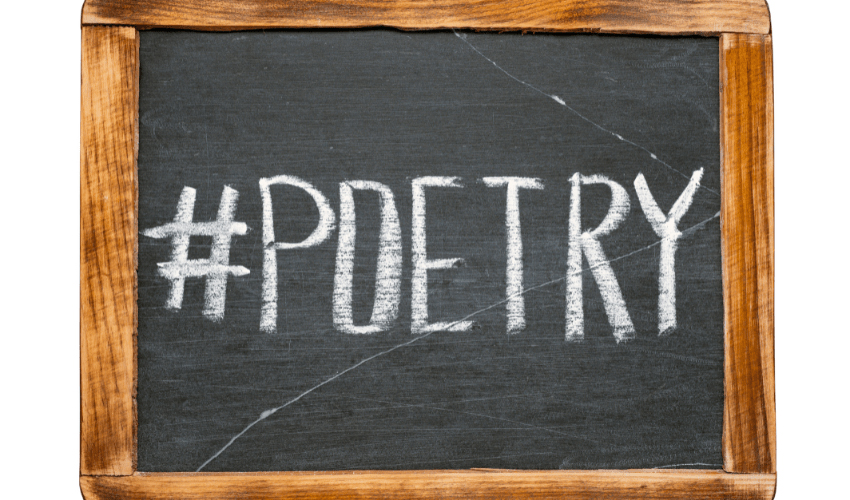Poetry is a global art form with the power to cross borders and transcend languages. Yet, translating poetry is a complex and challenging task that involves a grasp of the original poem and the ability to articulate its essence in another language. In this blog article, we look at several techniques and approaches for successful poetry translation, as well as the challenge and importance of preserving the original work’s cultural richness and literary integrity.
The Art of Poetry Translation: Challenges and Techniques
Poetry translation techniques necessitate knowledge of the cultural background, literary customs, and distinctive poetic features that contribute to the power of verse. Translators must pay attention to the rhythm and tone, form and structure, and cultural allusions of the original work in order to fully express the spirit of the poem in another language.
Tips for Translating Poetry and Preserving its Essence
- Pay close attention to the rhythm and tone of the original poem: Poetry can be musical, meaning that the rhythm and meter of a poem are key components that contribute to its overall impact. The translator should heed these elements while finding ways to sound natural in the target language.
- Balance form and meaning in translation: Preserving the message of the original poem is critical. However, the translator should also retain the form and structure, as these elements may help convey the original work’s message in the target language. This includes factors like line breaks, stanzas, and other visual elements that contribute to the overall impact of the poem.
- Be aware of cultural considerations when translating poetry: Poems reflect emotions, historical events, literary traditions, and cultural contexts. It might be tricky to convey all these factors in the target language as culture and language are intertwined. Translators need to be aware of these references and find ways to express their meaning to readers who may not be familiar with the same cultural context.
- Embrace creativity: Successful poetry translation requires creativity, especially when conveying the original work’s essence in a different language. This can include using metaphors, adapting cultural references, or even adding or removing words to create a poetic effect in the target language.
Successful Poetry Translations: Examples and Impact
Throughout history, there have been a number of excellent examples of poetry translation. Robert Fagles, for instance, translated the Iliad and Odyssey from ancient Greek into modern English, capturing the epic scope and emotional depth of these great works but still making them accessible and relevant to modern readers. Poetry translation has dramatically influenced global literary traditions, allowing people from other cultures and languages to share their experiences and perceptions while conserving the works of poets who might otherwise be lost.
Translating poetry is a complex and challenging undertaking that requires understanding the original poem’s cultural and literary background and finding ways to express its essence in another language. Translators help bridge the gap between different languages and cultures and foster a greater understanding of the vast range of human experience by paying attention to the original poem’s rhythm and tone, form and structure, and cultural references while embracing creative liberty.




Comments are closed